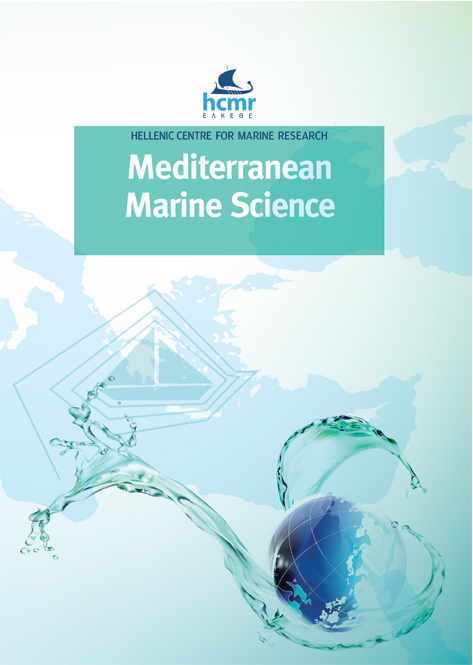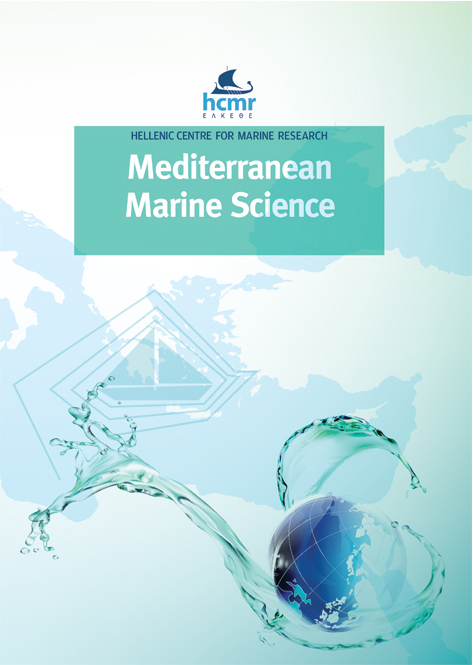Temporal Shifts of Posidonia oceanica and Corallium rubrum in Cap de Creus (NE Spain): Recreational SCUBA diver’s perception of change

Abstract
Temporal trends of the main Mediterranean benthic coastal marine habitats point to an overall decline of their extent and health status. We assessed recreational scuba divers’ perceptions of the temporal change abundance of two key Mediterranean ecosystem engineering species in the Cap de Creus Marine Protected Area: the red coral Corallium rubrum (an octocoral, component of coralligenous assemblages) and Posidonia oceanica (a seagrass, forming meadow formations on soft bottoms). We conducted semi-structured interviews and a target survey to recreational scuba divers of the area. Scuba divers reported decreasing abundance for C. rubrum, but not for Posidonia oceanica meadows during the last four decades. Qualitatively comparable ecological data for the area are only available for the last two decades and suggest stability in the abundance of both species. We explain the mismatch between data sources regarding C. rubrum arguing that, while ecological data mainly focus on no-take areas inside Cap de Creus, divers mainly visit areas where red coral colonies are unprotected. For P. oceanica, stability over the last two decades is indicated both in ecological data and in divers’ responses, suggesting that this habitat did not suffer major decline during the study period. The results of this study are overall limited by a low replication. However, it highlights local expert knowledge (i.e., recreational divers’ knowledge) as an untapped source of observations that could contribute to increase information of the historical ecological trends of these key species.
Article Details
- How to Cite
-
MALLO, M., ZIVERI, P., REYES-GARCÍA, V., & ROSSI, S. (2025). Temporal Shifts of Posidonia oceanica and Corallium rubrum in Cap de Creus (NE Spain): Recreational SCUBA diver’s perception of change. Mediterranean Marine Science, 26(2), 341–348. https://doi.org/10.12681/mms.36446
- Section
- Short Communication
Authors who publish with this journal agree to the following terms:
- Authors retain copyright and grant the journal right of first publication with the work simultaneously licensed under a Creative Commons Attribution Non-Commercial License that allows others to share the work with an acknowledgement of the work's authorship and initial publication in this journal.
- Authors are able to enter into separate, additional contractual arrangements for the non-exclusive distribution of the journal's published version of the work (e.g. post it to an institutional repository or publish it in a book), with an acknowledgement of its initial publication in this journal.
- Authors are permitted and encouraged to post their work online (preferably in institutional repositories or on their website) prior to and during the submission process, as it can lead to productive exchanges, as well as earlier and greater citation of published work (See The Effect of Open Access).





